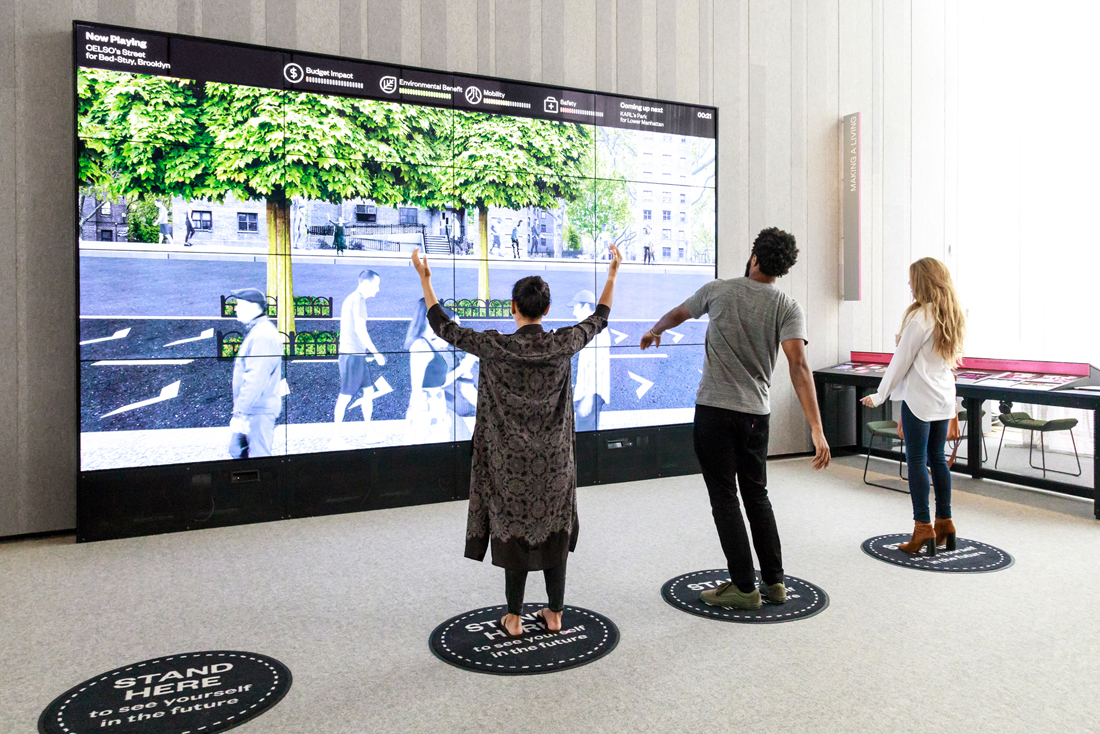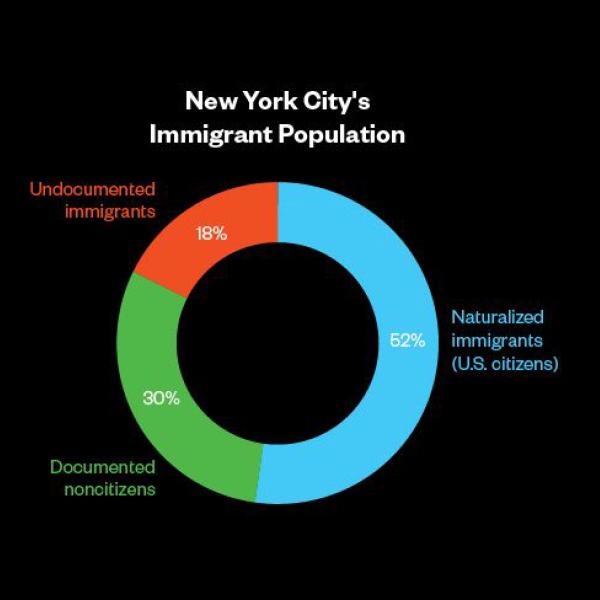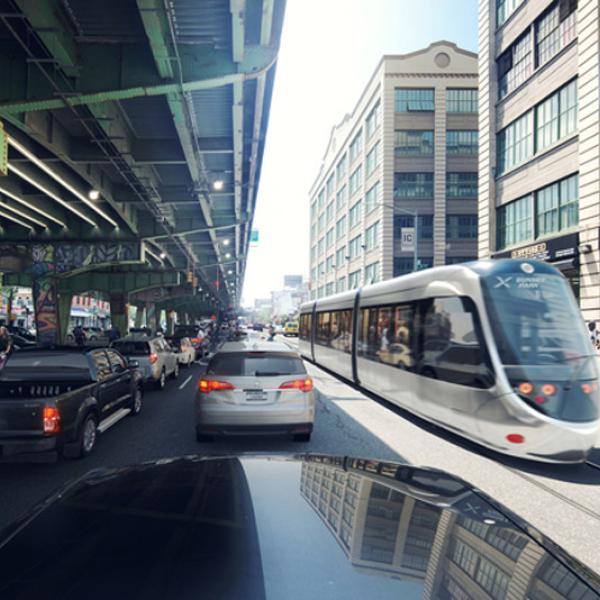Earth Day 2018 – How Are we Doing?
Tuesday, April 10, 2018 by
In celebration of Earth Day 2018, we are taking a look at the many ways that New York City is trying to improve the environment. By many measures, NYC is a very environmentally friendly city – due to high public transit use and dense (some might say cramped!) city living, New Yorkers on average emit about 6 tons of greenhouse gases annually - 2/3 less than the average American. But that is just about the same amount as the global average, so we still have a long way to go! How else is the city working to lessen its environmental footprint? Here are some indicators of New York’s environmental performance:
GHG Emissions
NYC goal: 80% reduction by 2050
The good news: As mentioned above, we emit much less than average Americans. And we’ve further reduced emissions by 15% (from the 2005 baseline)!
The bad news: The goal is still a long way off, especially if we are to meet the target set by the Paris Accords, which the mayor is still committed to despite the Trump administration’s pullout. The impending shutdown of the Indian Point nuclear power plant will make these goals more difficult to achieve.
Renewable Energy
NYC goal: Install 1,000 Megawatts of renewable energy by 2030.
The good news: We’ve already installed 100 MW.
The bad news: We’ve achieved only 10% of the goal. And 1,000 MW would still only constitute 10% of our current energy demand.
Waste
NYC goal: Send zero waste to landfills by 2030.
The good news: We’ve reduced the volume of waste to landfill by 11% (from 2005 baseline), and instituted a municipal composting program serving 1 million people, the largest in the nation.
The bad news: We still have a long way to go, and the composting program only serves select neighborhoods.
Air Quality
NYC goal: Improve air quality by phasing out dirty heating oil and decrease vehicle emissions.
The good news: New York’s air is cleaner than it has been in 50 years, due to the fact that dirty heating oil has been all but phased out, and due to increasing emissions standards nationally (the city also added 1,000 electric vehicles to its own fleet). NYC ranks 5th in air quality among major U.S. cities.
The bad news: There are large disparities in air quality, with some neighborhoods still experiencing hazardous levels of pollution from truck exhaust and industry. Threatened rollbacks in federal vehicle emissions standards could also undo some of the progress.
Water Quality
NYC goal: Improve water quality by protecting drinking water sources and limiting discharge of sewage into the waterways.
The good news: New York’s drinking water is one of the safest and best in the world. The water quality in the harbor has improved dramatically due to investments in catchment infrastructure and “green” infrastructure.
The bad news: 21% of sewage overflow volume is still not captured and is discharged into our creeks and rivers.
Park Access
NYC goal: Increase percent of New Yorkers living within walking distance to a park to 85% by 2030.
The good news: New York is already one of the greenest large cities in the U.S., with 81% of residents within walking distance of a park.
The bad news: Not all parks are equal – in many low-income neighborhoods, parks are not well maintained and have few amenities.
Interested in more information about New York City’s environment? Visit the Future City Lab, the innovative, interactive culmination of the Museum's landmark exhibition New York at Its Core. The Lab invites you to consider the big challenges facing New York City today and to imagine approaches and solutions for a better future.










